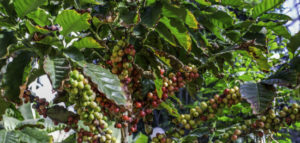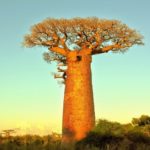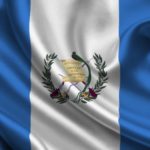Interesting facts about coffee
 Coffee claims to be the most popular drink in the world, challenging this title with tea. He is drunk in dozens of different countries, in the morning and in the evening, at dinner and at breakfast, and how many of his varieties are bred now – do not count! But do not forget that too much coffee can not be drunk – it can be harmful to health.
Coffee claims to be the most popular drink in the world, challenging this title with tea. He is drunk in dozens of different countries, in the morning and in the evening, at dinner and at breakfast, and how many of his varieties are bred now – do not count! But do not forget that too much coffee can not be drunk – it can be harmful to health.
If you believe the legend, people learned about the properties of coffee thanks to goats. One shepherd noticed that his goats, chewing the leaves and fruits of coffee, were very cheerful at night. He told about the amazing properties of the plant to the abbot of the neighboring monastery, and he was struck by the invigorating action of the broth. The drink was given to the monks, so that they would not fall asleep during the night prayers, and eventually the clergy learned how to roast coffee beans and grind them.
Coffee was discovered around 850 AD, but real popularity came to it only a few centuries later.
The Arabs, having adopted the love of coffee from the Ethiopians, mixed the crushed pulp of coffee beans with animal fat and milk. The resulting mass rolled into small balls and took with them on the road in order to maintain vigor and strength.
A familiar drink from fried grains, ground into powder, began to be prepared only in the 13th century. At the same time, cinnamon, vanilla and milk were added to the coffee.
At the end of the 15th century, the world’s first store opened in Istanbul, specializing in the sale of coffee, and a century later – the first coffee house.
In the 17th century, the English women made a complaint against coffee, as their spouses spent too much time in coffee shops, which at that time were analogous to clubs for men.
The first merchant in Europe was opened by an Armenian merchant. This happened in Vienna in the late 17th century.
In Russia, coffee was long considered a medicine rather than a tasty drink – with the help of it was treated for migraines and a number of other diseases. The coffee became a daily drink only thanks to the efforts of Peter the Great, who forced his friends to drink “bitter swill”.
Soluble coffee was invented by a New Zealander in the late 19th century.
Coffee without caffeine appeared accidentally – a ship with coffee beans almost sank during a storm, and its hold filled with water. The owner of the cargo was in despair, but still decided to take the grains to a specialist and make sure they were unfit for sale. To his surprise, the grains were in perfect order, only they lost almost all the caffeine during their stay in the water.
The genus of coffee consists of about 90 plant species, but only two of them are used on an industrial scale.
The most common type of coffee is arabica (69% of the world’s production), behind it is robusta (29%), with the remaining varieties accounting for only 2% of the world’s coffee production.
The coffee tree grows and fructifies about 60-70 years, thus for a year from one tree it is possible to collect up to one and a half thousand berries.
The main producer of coffee on Earth is Brazil. It is interesting that workers of Brazilian plantations collect not only ripe berries, but all fruits without exception. Sometimes they use a pneumatic device, shaking branches of coffee trees, so that the berries fall to the ground.
The most expensive coffee on the planet “Kopi Luvak” is a very peculiar treatment – the coffee beans pass through the muscular gastrointestinal tract, and then they are collected to make coffee. There is also a variety of Black ivory, which is obtained by passing the grains through the body of elephants.
There are 4 degrees of roasting coffee: the easiest of them is called Scandinavian, the darkest – Italian.



























